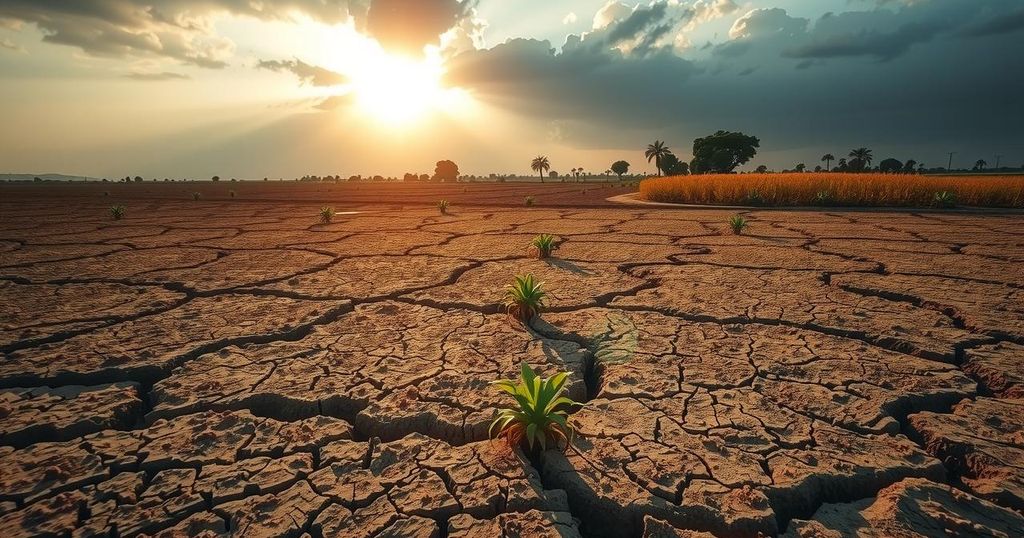Over 2 million people in Kenya are currently facing food insecurity, up from 1 million in July 2024. This increase is linked to insufficient rains that have deteriorated food access and nutrition levels. The situation is expected to worsen, potentially affecting 2.8 million individuals by the next rainy season, due to ongoing climate challenges and economic inequalities.
As of March 1, 2024, Kenya faces significant food insecurity, with 2.15 million citizens affected, a sharp increase from one million in July 2024. This alarming trend is reported by the National Drought Management Authority (NDMA) and is attributed to subpar rainfall during the short rainy season, which has led to household food deficits and intensified malnutrition levels.
The NDMA anticipates a further decline in food security during the upcoming long rains season from March to May, predicting that approximately 2.8 million individuals may suffer from acute food shortages. Their report highlights the poor performance of the recent short rains across all livelihood zones in Kenya’s arid and semi-arid lands, contributing to the rise in food insecurity.
Compounding this crisis are diminishing water and pasture resources, which have forced livestock herders to travel greater distances, consequently reducing livestock productivity. The NDMA reports a 25-40% decrease in milk production in the pastoral northwest, leading to elevated prices for milk products.
Furthermore, the Intergovernmental Authority on Development (IGAD) has indicated that Kenya is projected to face increased heat waves, adding to the challenges of food security in the region. The World Food Programme has noted that despite Kenya’s rapid economic transformation, significant social and economic inequalities still exist, with over one third of the population living beneath the poverty line.
Food accessibility is particularly compromised in the arid and semi-arid regions, which constitute 80% of Kenya’s land area. The country’s agricultural sector, the main economic driver, remains perilously reliant on seasonal rainfall, exacerbating food shortages. Additionally, the presence of 500,000 refugees living in remote camps further complicates the situation, as they are greatly reliant on international aid due to restrictions on work opportunities and movement.
In summary, Kenya is experiencing a severe food insecurity crisis, with the number of affected individuals rising sharply due to adverse climatic conditions and economic disparities. The National Drought Management Authority projects further deterioration, highlighting the urgent need for intervention and support to address the escalating challenges in food availability and access. With a significant portion of the population in poverty and the agricultural sector at the mercy of seasonal rains, it is imperative for stakeholders to implement sustainable solutions to combat food insecurity and improve conditions for all Kenyans, especially those in vulnerable regions.
Original Source: www.socialnews.xyz






